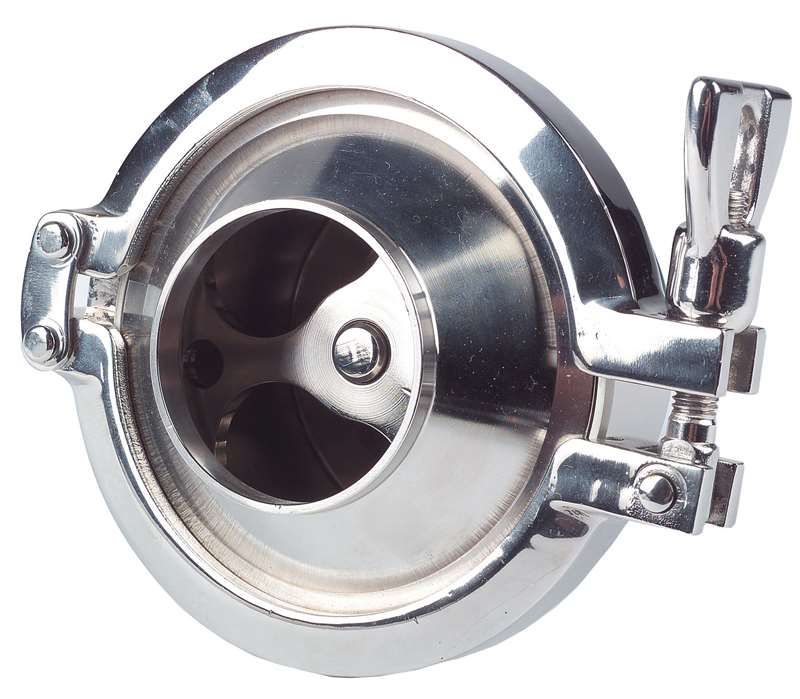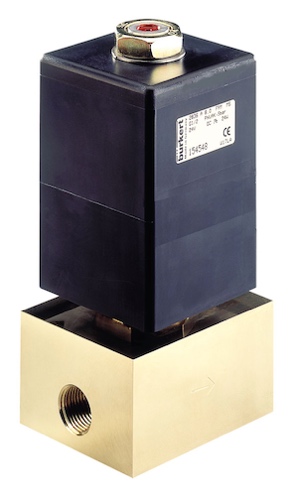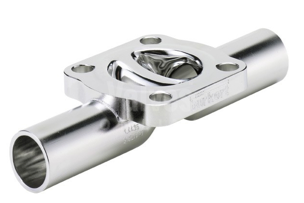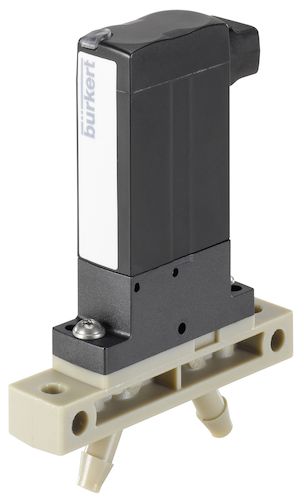
Ensuring product safety and purity with high-quality food processing sanitary valves
Safety, purity and hygiene are all essential priorities to manage within the food processing industry. If food becomes contaminated, customer health, a company’s reputation and legal repercussions are just a few of the consequences that could be incurred. To effectively manage hygiene within your system, high-quality food processing sanitary valves are an effective method of preventing contamination. To find out more about finding the right hygienic valve for you, such as a process equipment sanitary butterfly valve, take a look at our blog below to find out more.
How high-quality food processing sanitary valves help maintain hygiene
In food processing applications, valves are useful devices to control and stop the flow of food matter through a passage. In other industries such as the renewable industry, maintaining systems to be hygienic isn’t a priority. However, industries such as the food and beverage industry and the pharmaceutical industry require strict hygiene implementations to ensure the safety of their products and to avoid legal and financial consequences.
Sanitary valves, also known as hygienic valves, are designed to comply with strict hygiene regulations and standards required in the food industry. But what differentiates a sanitary valve from other types of valves? Below are some factors relating to their hygienic qualities:
- Materials of Construction: Sanitary valves are made from materials that are specifically compatible with food and pharmaceutical applications in mind. Common materials include stainless steel (typically 304 or 316), certain types of plastics, and elastomers that are safe for contact with sensitive products.
- Easy to Clean: Sanitary valves have smooth surfaces with no crevices where harmful bacteria or residue can build up, making them easy to sanitise and maintain. Sanitary valves are often designed to be compatible with CIP and SIP systems. These automated cleaning and sterilisation processes use hot water, steam, or chemicals to sanitise the equipment without disassembly.
- Hygienic Sealing: Sanitary valves feature effective and hygienic sealing which prevents any external contaminants from affecting the product. The sealing components, such as gaskets and seals, are made from materials compatible with food and pharmaceutical products, like EPDM.
Types of sanitary valve
There are many different types of valves that can be used as sanitary valves. The most common types of sanitary valves are:
- Ball valves: ball valves are prevalent in food applications due to their simplicity, ease of cleaning, and dependable sealing properties. They are ideal for those seeking where precise flow control and hygiene are critical.
- Butterfly valves: A process equipment sanitary butterfly valve is often chosen for large-scale operations. butterfly valves facilitate easy cleaning and effective flow control. They find common use in both shut-off and control applications.
- Non-return valves: non-return valves, or check valves, prevent backflow, ensuring that product flows in one direction only. This aspect of their design helps to prevent contamination by ensuring that contaminants from one section of a system don’t enter another.
How to choose the right high-quality food processing sanitary valve
When choosing the right high-quality food processing sanitary valve for your application, it’s important that you make the right choice most suitable for your application and product. Consider the aspects below when making your choice:
Material: Sanitary valves are made specifically to be suitable for use with sensitive products in the food and pharmaceutical industries. However, your application may require certain qualities, such as higher resistance to corrosive materials. Ensure your chosen valve is made from materials best suited for your product.
Connection type: Sanitary valves feature many different connection types, such as tri-clamp, weld, and thread. Your selection should align with the equipment used in your facility.
Valve size: Before choosing your sanitary valve, ensure the valve size matches the flow requirements of your application. Oversized valves can lead to inefficiencies, while undersized valves can cause flow restrictions.
Additional tips on maintaining hygiene standards in your process
Once you have chosen the right valve for your application’s needs, it is important that you maintain a series of processes to help maintain optimum sanitary conditions within your application. In order to do so, you should:
- Install valves correctly, according to the manufacturer’s guidelines.
- Keep a regular maintenance schedule, replacing components when necessary.
- Develop cleaning procedures and follow strict hygiene practices.
- Train staff fully on valve handling and hygiene.
- Implement quality control measures and keep detailed records of these processes.
Process equipment sanitary butterfly valves and more at BM Engineering Suppliers
We hope this guide has helped you to understand how you can maintain your product’s purity with high-quality food processing sanitary valves. We have a vast range of industrial valves available in our store, so you can find the ideal valve, such as a process equipment sanitary butterfly valve, for your application right here.
If you need further assistance in relation to what valve is best suited for your process, do not hesitate to contact us today at 0141 762 0657, or email us at sales@bmengineering.co.uk.



